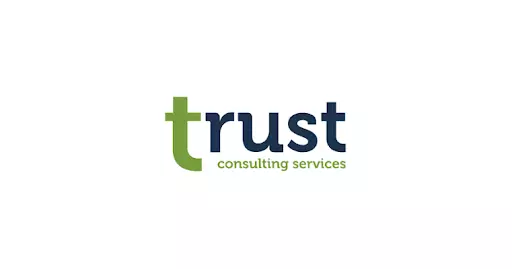News
Cybersecurity: Comprehensive Guide
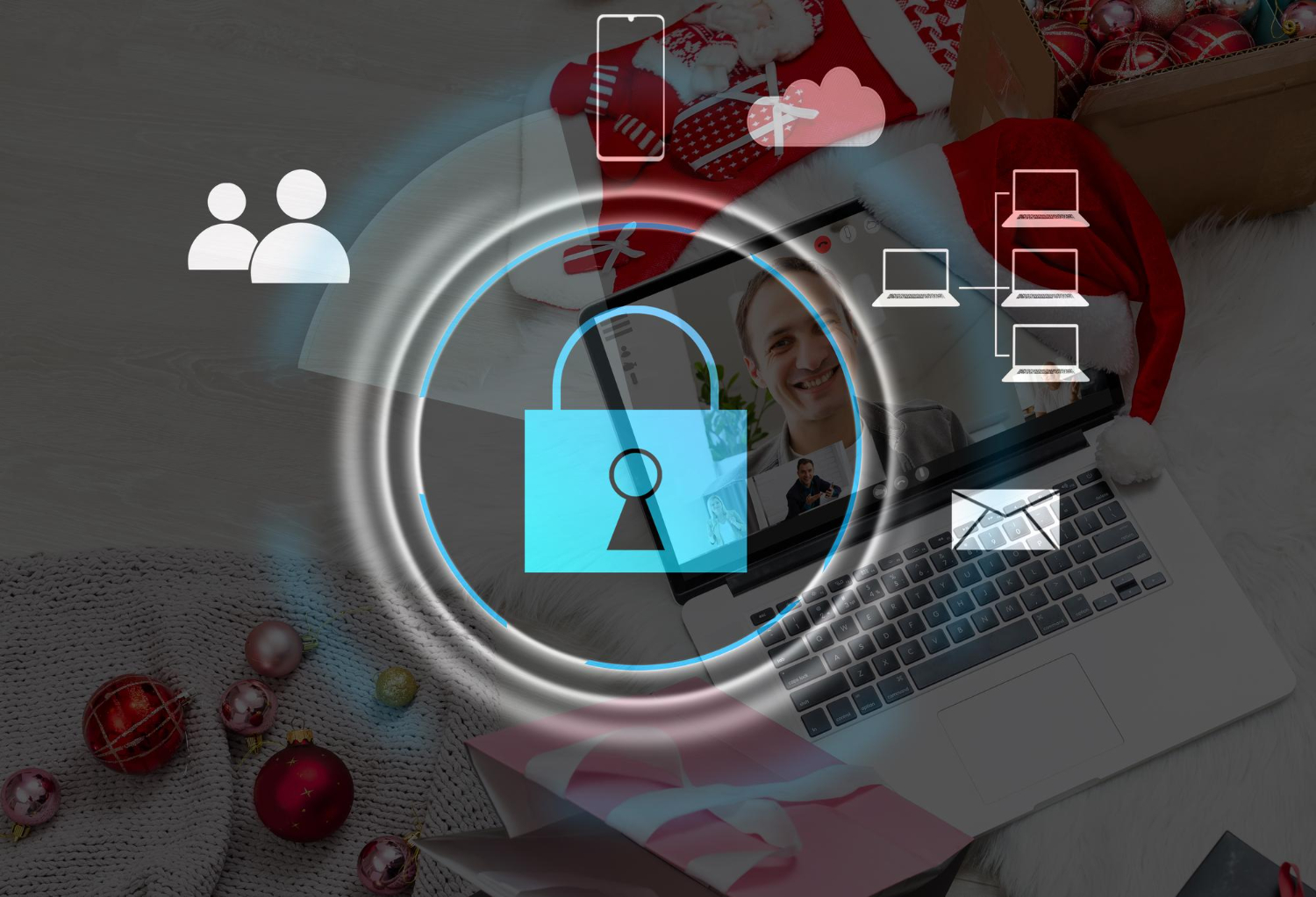
Have you ever clicked on a link without questioning, handiest to realize it is probably risky? In the modern international, where so much of our lives take region online, staying safe digitally is simply as important as locking your front door. It’s all about shielding ourselves from people online who need to believe or harm our facts.
Nowadays, we use several technologies like computer systems and smartphones. These gadgets maintain many personal records and economic information and help us stay connected with people we care about.
But, using these technologies also means we could face cyber attacks.
Your digital personal space can face threats from viruses, scams, and hackers. If these attackers get in, it can cause significant problems like losing money, someone stealing your identity, or harming your good name.
This comprehensive guide will discuss spotting risks, protecting yourself with strong passwords and protection tools, and keeping attackers away. Whether you are tech-savvy or just starting, this guide will help you take control of your online safety and preserve your virtual global security from any threats.
We’ll use simple guidelines to shield your devices, records, and privacy. This guide is designed for anyone, irrespective of how true you are with technology. It will make you more aware and ready to care for yourself digitally.
What is Cyber Security?

Cybersecurity also referred to as information technology safety or IT protection, entails protective your laptop systems, networks, programs, and statistics from unauthorized get admission to, use, disclosure, disruption, alteration, or destruction.
Simply ensure your virtual records and structures are safeguarded from malicious attackers who may also try to scouse borrow, damage, or take benefit of it for his or her benefit.
This can include things like:
- Hackers strive to break into your pc or community to steal personal information or cause disruption.
- Viruses, worms, and ransomware can infect your gadgets, scouse borrow records, or keep your records hostage.
- Phishing scams intend to deceive you into disclosing non-public information or clicking on dangerous links.
Cybersecurity is crucial for everybody, from human beings to businesses and governments. As our everyday reliance on technology grows, our digital belongings become more and more critical.
Understanding Cyber Security & Cyber Threats

Today, we rely on modern-day technology like computer systems and telephones for almost everything, from storing personal records to handling finances. However, our heavy reliance on technology exposes us to cyber threats.
Cybersecurity protects your online presence from attackers attempting to break in and reason issues.
There are many styles of cyber threats, making it vital to recognize them to shield your virtual existence. Let’s take a better look at each type and how you could live securely:
Malware

Malware, short for malicious software, includes viruses, worms, and trojans designed to damage your tool or retrieve your records.
How to stay secure: Install and frequently update antivirus software programs for your devices. Don’t download or open attachments from unknown sources.
Phishing

Phishing is when cybercriminals send fake emails or messages pretending to be from valid sources to scouse borrow personal data like passwords or credit card numbers.
How to live safely: Always confirm the source before clicking hyperlinks or imparting non-public information. Be skeptical of emails inquiring for touchy information, even supposing they seem valid.
Ransomware

Ransomware is malware that encrypts your documents, making them inaccessible and asks for charges to unlock them.
How to live safe: Regularly backup your data so you can repair it in case your documents are locked. Avoid clicking on suspicious links and replace your software to defend against vulnerabilities.
Social Engineering
Attackers use this tactic to pressure people to reveal private records. It can be completed via telephone, email, or by hackers.
How to live steady: Be careful about the facts you proportion, particularly with strangers. Verify the identity of all of us who request sensitive information from you.

General Safety Tips
- Use sturdy, precise passwords for exclusive money owed to make it more challenging for attackers to get entry to your data.
- Be cautious with the hyperlinks you click and what percentage you use online. Think two times before clicking links or sharing private info on social media or different web sites.
- Keep your security software updated. Regular updates help protect against the latest threats.
- Watch out for strange emails and calls. If something feels off, trust your instincts and investigate further before responding.
By understanding these threats and following these safety tips, you can better protect yourself from cyber attacks and keep your digital world secure.
What are Cybersecurity Consulting Services?

Getting a cyberattack is as smooth as getting an e-mail; IT security consulting services are exceptional and crucial for all businesses, huge and small. These services do more than simply install security software programs; they deliver expert recommendations and assist in protecting your crucial information and computer structures from the many risks online.
Why It’s Important?
IT security consulting services help in a big way by:
- Giving expert advice: They know all about the latest dangers online, what weaknesses to look for, and the best ways to stay safe.
- Offering a new viewpoint: They can spot security problems you might not notice.
Creating custom plans: They work with you to make a security plan that fits your needs and budget.
How Do They Help?
These consultants are experts in areas like:
Keeping networks secure: They test your community for weak spots, install firewalls, and make sure the proper people can get the right of entry to it.
Protecting data: They examine the way you hold your statistics secure, control who can see it, and make certain it is subsidized.
Finding and fixing susceptible spots: They discover and fix your systems and software weaknesses via safety assessments and tests.
Planning for assaults: They assist you are making a plan so that you understand what to do if there’s a cyberattack, assisting to lessen damage and downtime.
Teaching your crew: They teach your employees a way to spot scams and assaults, making them a stable first line of defense.
Real-Time Benefits:
Here are some ways IT security consulting can help businesses:
- Fixing weak spots before hackers can use them saves you from data theft and other problems.
- Using strong data encryption to keep important information safe, even if there’s a breach.
- Keep an eye out for threats and act fast to stop them.
- Training employees to recognize and avoid cyber threats, building a workplace that values security.
Businesses get a significant advantage in fighting cyber threats by working with a good IT security consulting firm. The peace of mind and, more vital, the security they provide are priceless, letting companies focus on what they do best, knowing they’re protected.
Why do IT Security Consulting Services Matter?
- Today’s businesses face a lot of online threats.
- Things like data breaches and malware can hurt a business, both money-wise and reputation-wise.
- IT security consulting services help businesses fight these threats effectively.
What They Know:
IT security consultants are experts in areas like:
Network Security: They ensure the business’s online network is safe using firewalls and systems to catch intruders.
Data Protection: They protect essential information with strong encryption, ensuring only the right people can access it and preventing data loss.
Checking for Weak Spots: They search for any weaknesses in the system and look at defenses by simulating assaults.
Planning for Attacks: They assist in creating a plan so the enterprise is aware of what to do if there may be a cyberattack, aiming to reduce harm and downtime.
How do Businesses Benefit?
Less Chance of Attacks: Finding and fixing vulnerabilities makes it harder for attacks to happen.
Trust Boost: Showing you to take cybersecurity seriously makes customers and partners trust you more.
Fewer Disruptions: Good security means less chance of cyberattacks disrupting operations.
Staying Ahead: Being proactive about cybersecurity can set a business apart from competitors.
IT security consulting services are a smart move for any business. Working with these experts gives businesses the knowledge and tools to keep their digital world safe and succeed in the long run.
Critical Components of Cyber Security

Your digital lifestyle is like a secure vault in which you preserve all your crucial information—which includes messages, snapshots, and financial institution information. Like a vault needs locks and security capabilities to hold its safety, your online information wishes strong cybersecurity to defend it from online threats.
Cybersecurity helps save you viruses and hackers from accessing your personal records. With powerful cybersecurity, you may use the internet correctly and maintain your facts stable.
Let’s break down the critical components into five easy parts:
Network Security

Network protection protects PC networks from hackers, viruses, and different threats. It’s like putting in a protection machine for your internet connection and devices. This includes firewalls to block unwanted access, antivirus software programs to trap and take away dangerous software, and encryption to shield your information from prying eyes.
By focusing on network protection, you make certain your personal facts and online activities are kept private and secure from every person looking to sneak in or reason damage.
- Firewalls: Block unauthorized entry to your community.
- Antivirus software program: Detects and eliminates malicious software.
- Encryption: Keeps information stable and unreadable to unauthorized users.
- Intrusion Detection/Prevention Systems (IDS/IPS): Monitor and save your suspicious interest.
Secure Wi-Fi: Protects wi-fi networks from unauthorized get entry.
Application Security
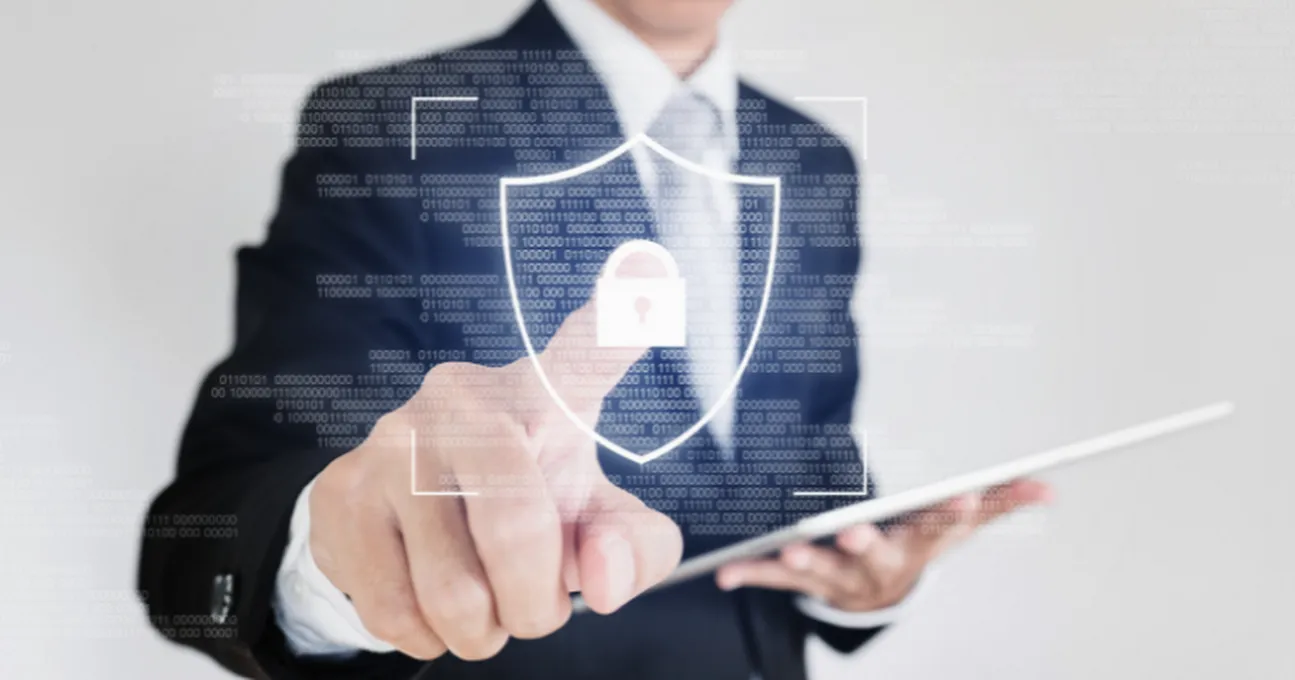
Application security method shielding your software and apps from hackers and viruses. It’s about checking and protecting the apps on your devices in order that no one can use them to get into your machine or steal your facts.
This entails coding apps in a manner that makes them challenging for hackers to interrupt, frequently updating and patching them to restore any security holes, and sometimes even the usage of unique programs to test for vulnerabilities.
Focusing on utility safety helps keep your facts secure while the usage of an app or software program.
This means:
- Secure coding practices: Develop apps with security in mind from the start.
- Vulnerability assessments: Regular checks for weaknesses in apps.
- Input validation: Ensure user input cannot exploit vulnerabilities.
- Security patches and updates: Regularly update apps to fix security holes.
Application firewalls: Monitor and control incoming and outgoing application traffic.
Endpoint Security
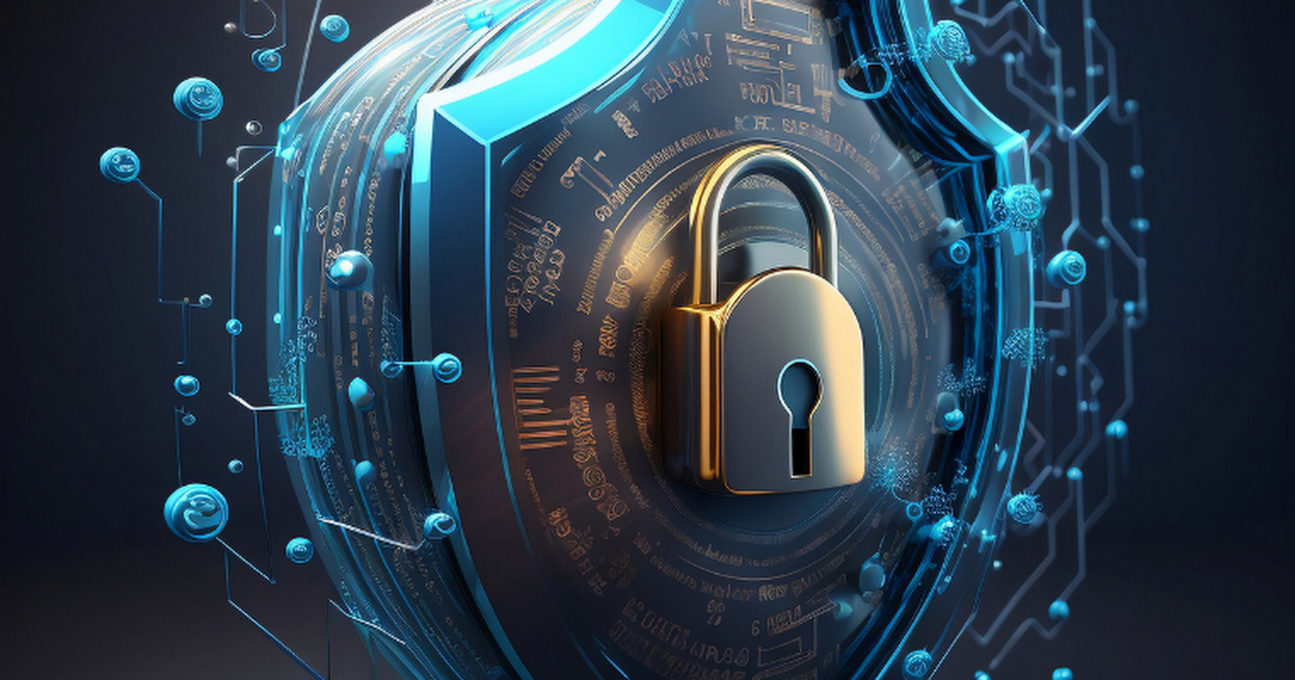
Endpoint security protects devices from connecting to your network, such as computers, smartphones, and tablets, from cyber threats. It acts like a non-public bodyguard for every tool, preventing malicious software programs or hackers from getting into and inflicting damage.
This involves using antivirus programs to detect and remove malware, encrypting data to keep it safe, and installing firewalls to control what enters and exits your device. Ensuring each device is secure helps protect your entire network and keeps your personal information safe.
This includes:
- Antivirus and anti-malware: Protect devices from malicious software.
- Data encryption: Secure data on devices, making it unreadable if stolen.
- Firewalls: Control data flow to and from devices.
- Application whitelisting: Allow only approved applications to run.
Device management: Monitor and manage security on all connected devices.
Data Protection
Data protection keeps your private information from unauthorized access, robbery, or loss, like storing your treasured facts in a steady vault.
It includes encrypting data so the most effective authorized humans can get the right of entry to it, developing backups to repair records if it’s misplaced or damaged, and using data loss prevention gear to prevent sensitive information from being shared incorrectly.
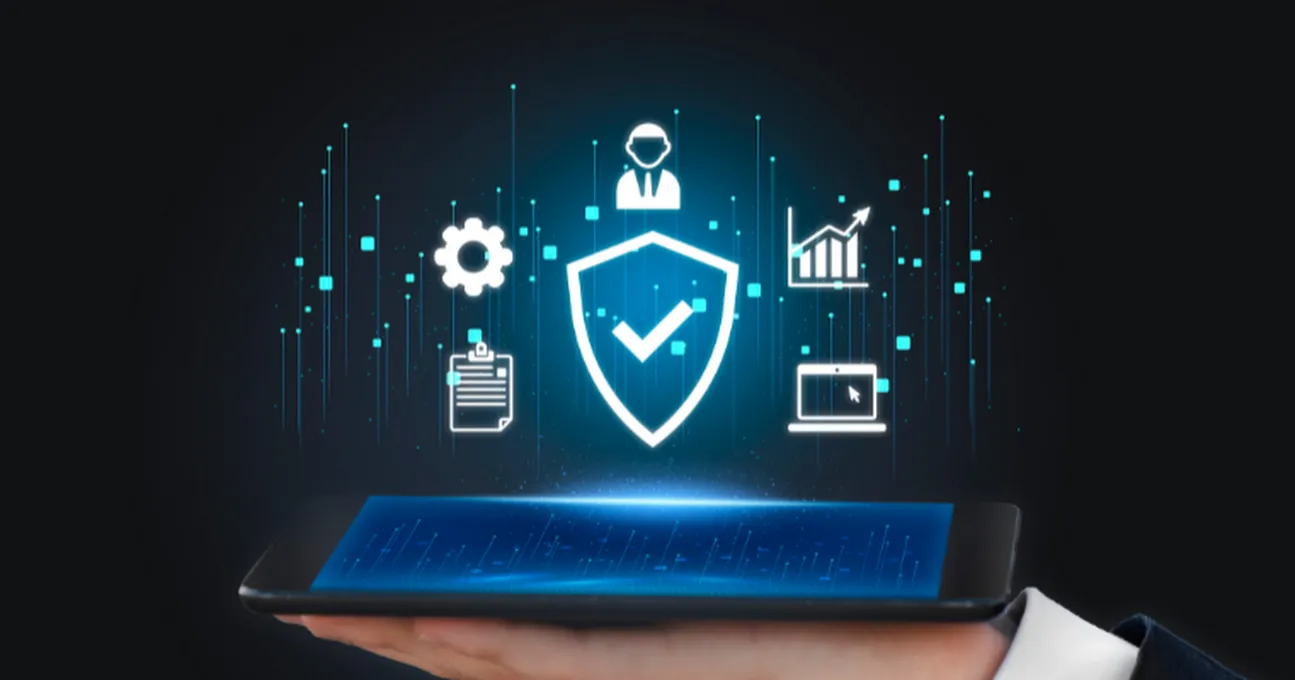
By concentrating on data protection, you make sure that your private info, economic statistics, and other essential records live personally and are stable, regardless of where they may be saved or how they’re used.
- Data loss prevention (DLP): Prevent unauthorized information transfer.
- Access controls: Restrict who can view and use records.
- Secure document sharing: Safely percentage files while preserving records protection.
Identity and Access Management (IAM)
Identity and Access Management (IAM) controls who can access your PC systems and records and what they can do with that entry. It’s like giving a unique key to everyone who desires to enter your digital area, ensuring they can only pass into the regions they’re meant to.
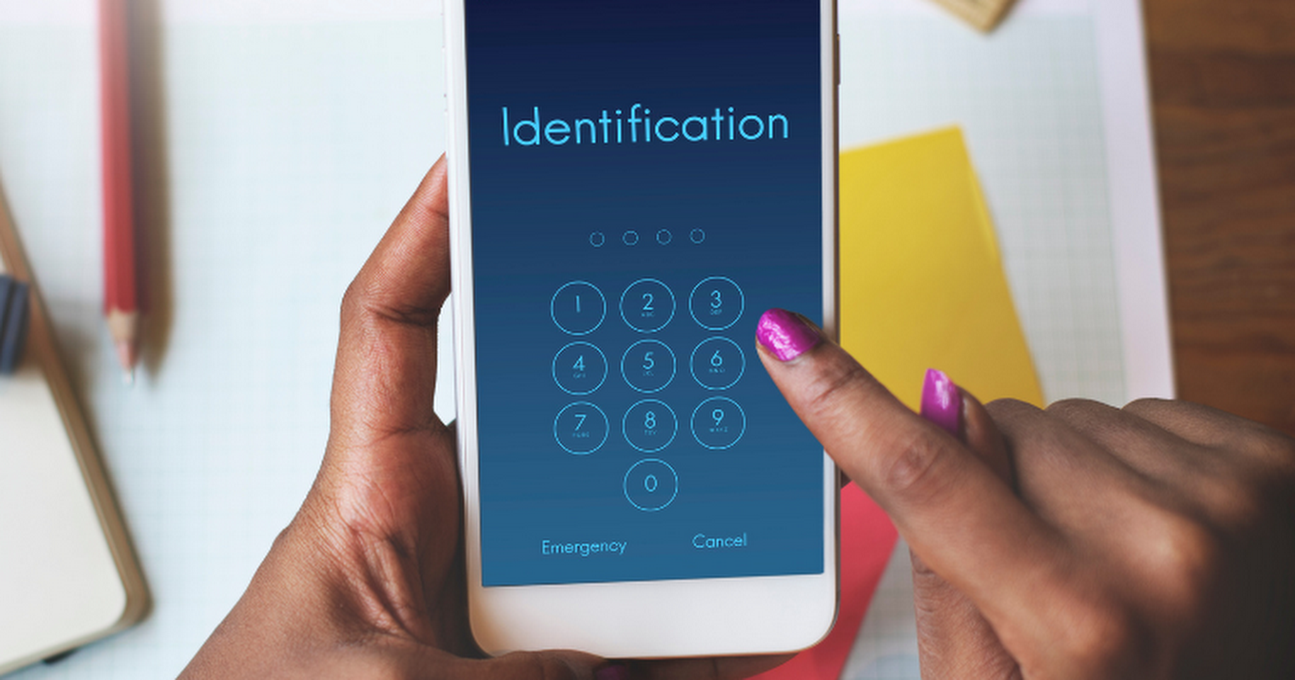
IAM entails checking the identification of people trying to access your systems (authentication), identifying which parts of your systems they are allowed to apply to (authorization), and coping with their right of entry to rights through the years.
By using IAM, you ensure that only the proper people can access your precious statistics and that they can most effectively perform their legal actions, keeping your records stable and properly controlled.
It includes:
- Authentication: Verify the identity of users accessing the system.
- Authorization: Control user access to different areas based on their role.
- Access control policies define who can access what data and applications.
- Multi-factor authentication (MFA): Multiple verification forms are required for access.
- User account management: Create, manage, and delete user accounts and permissions.
Combining all these parts, you can build a strong defense for your online life. Remember, keeping your digital castle safe is an ongoing job. You need to keep an eye out and update your defenses to stay ahead of the sneaky cyber threats.
What Are Cybersecurity Best Practices?
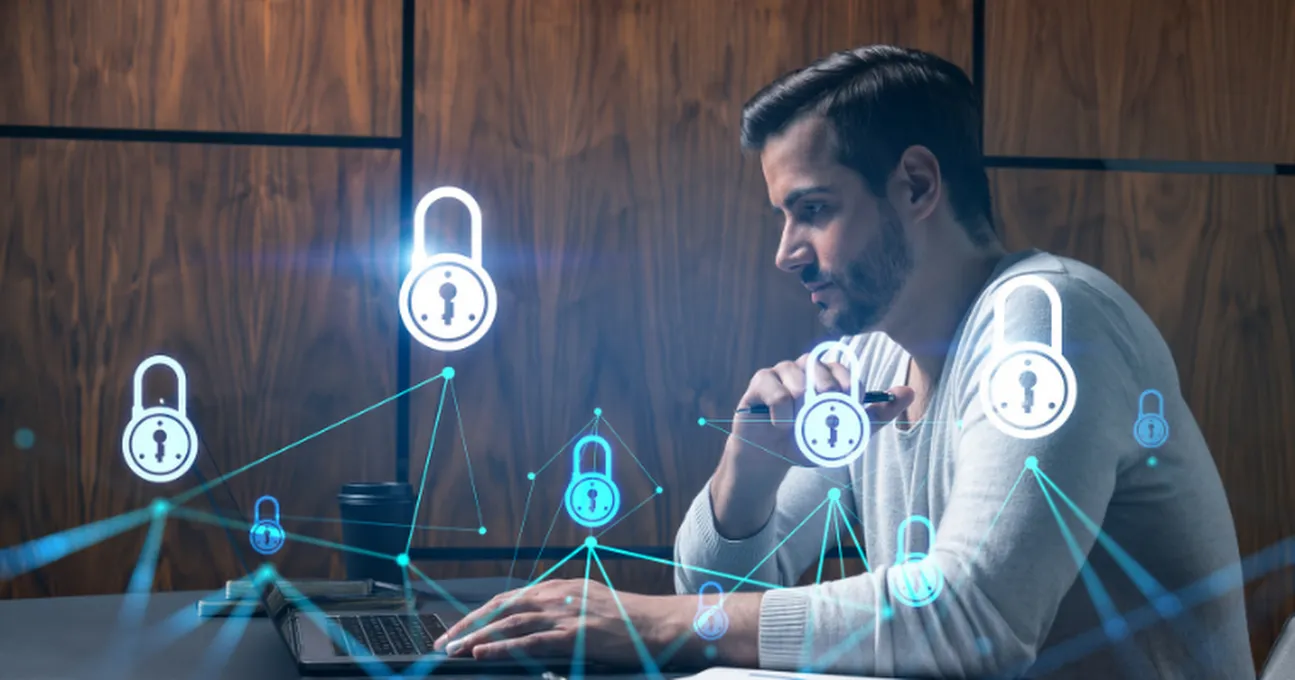
Enhancing your cybersecurity isn’t just a one-time task; it’s an ongoing effort to protect your organization’s digital assets from evolving threats. Here are more detailed steps to build upon the foundational practices:
Enhance Network Security
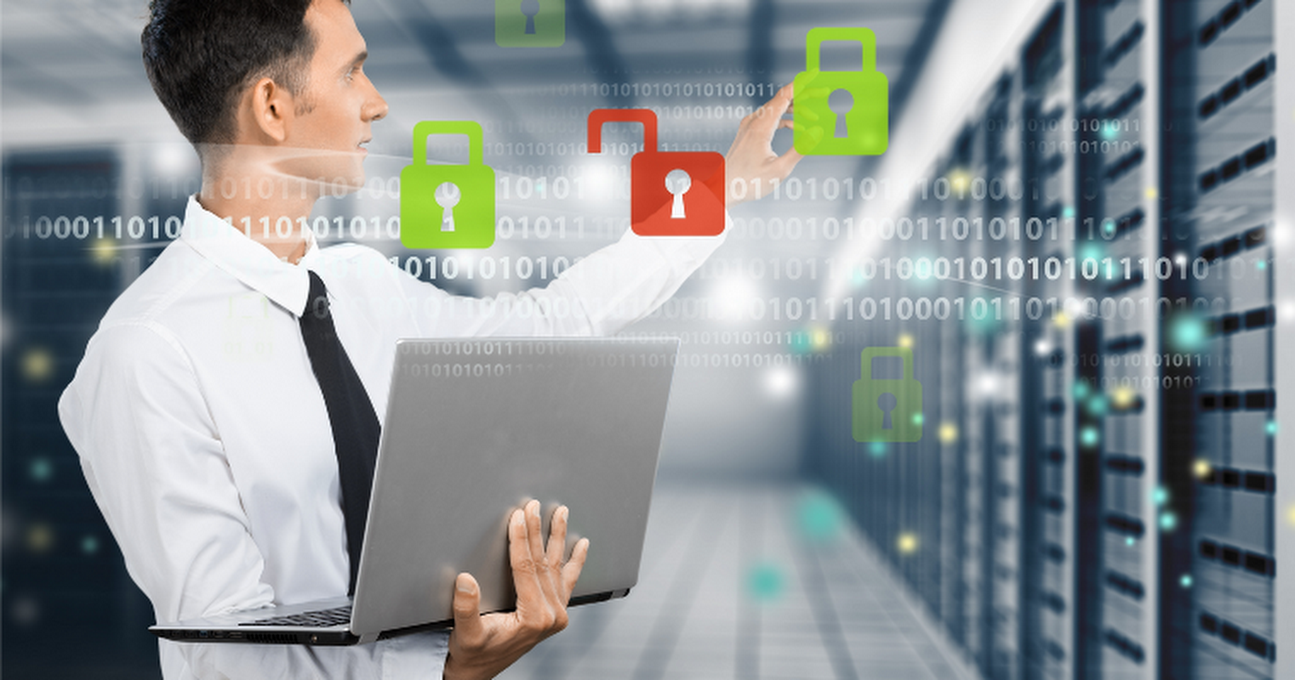
Secure Wi-Fi Networks: To beef up your digital safety, paying close attention to your Wi-Fi network’s security is necessary. Start by ensuring your Wi-Fi is encrypted; this scrambles the information sent over your network, making it harder for outsiders to snoop. Use WPA3 encryption if available, as it’s currently the most substantial level of protection available for home networks.
Firewalls: Deploying firewalls is like setting up a checkpoint that monitors incoming and outgoing traffic on your network. Firewalls act as a barrier, blocking unauthorized access while allowing legitimate communication to pass. You can use both hardware and software firewalls for an extra layer of protection. A hardware firewall is often included in your router, giving you a first line of defense against external threats.
Secure Your Email
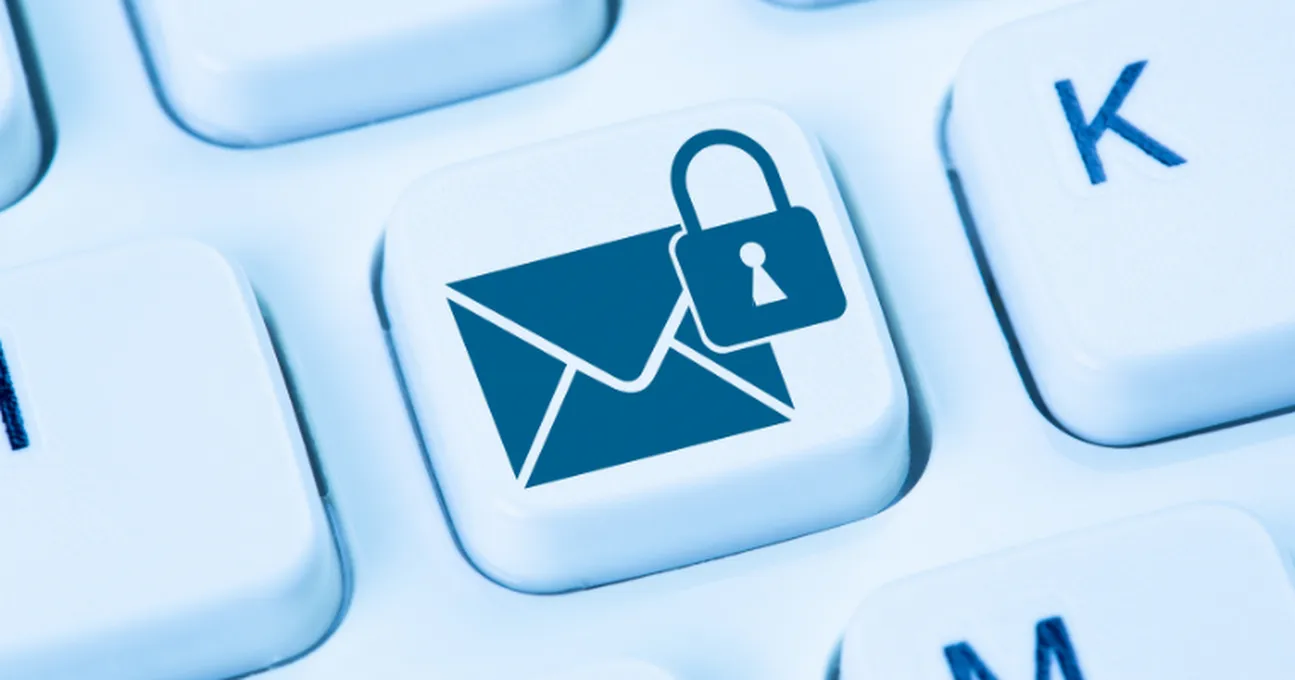
Spam Filters: Spam filters work by analyzing incoming messages and filtering out those that appear suspicious or are known to be harmful. By activating and fine-tuning these filters, you can significantly reduce the number of phishing emails that land in your employees’ inboxes, minimizing the risk of someone inadvertently clicking on a malicious link or downloading an infected attachment.
Email Authentication: Email authentication is another vital layer of defense against phishing and spam. Tools like Sender Policy Framework (SPF), DomainKeys Identified Mail (DKIM), and Domain-based Message Authentication, Reporting, and Conformance (DMARC) are designed to verify the authenticity of incoming emails. SPF allows email servers to verify that incoming mail from a domain comes from a host authorized by that domain’s administrators.
Data Protection Strategies
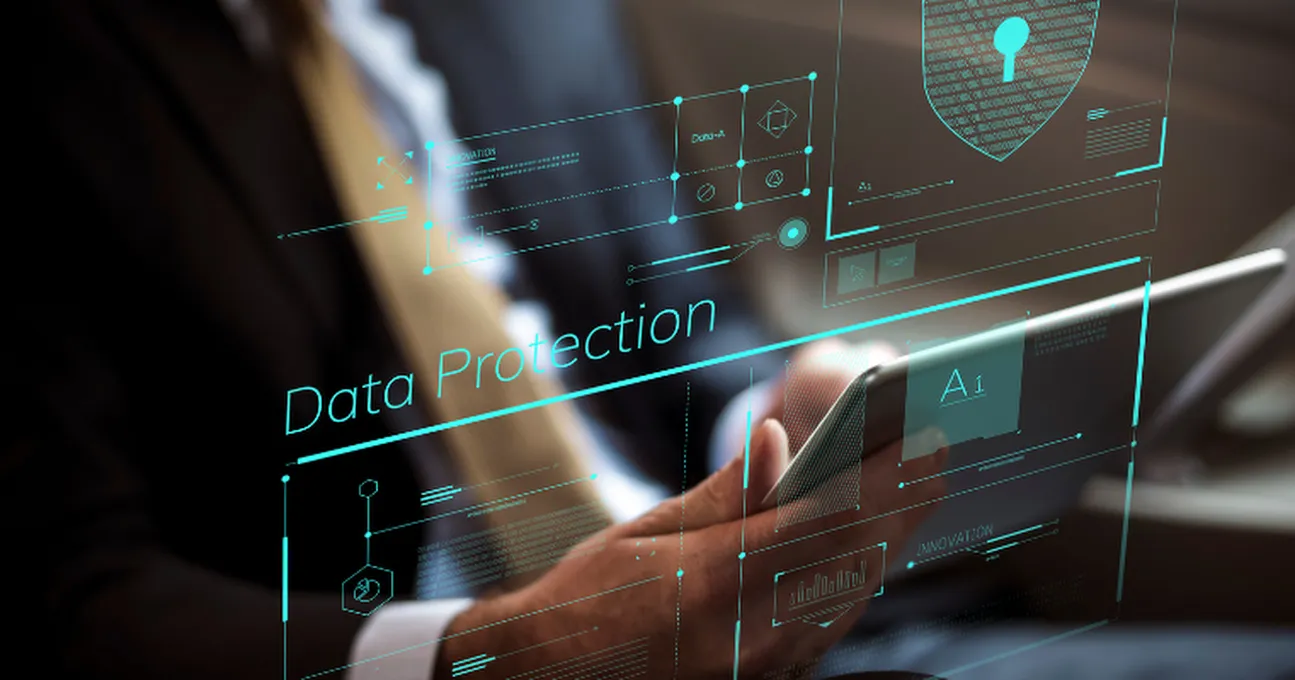
Encryption: Applying encryption to data at rest (stored data) and data in transit (data being sent over a network) ensures that, even if an unauthorized party manages to intercept your data, they won’t be able to understand or use it. This is especially crucial for confidential information such as personal employee records, customer data, and financial information.
Backup Data Regularly: By establishing a routine for automatically backing up data, you can ensure that you always have a recent copy of your data in a secure location, separate from your primary data storage. This could mean using off-site storage, cloud-based solutions, or both to create redundancy. It’s equally important to regularly test these backups to verify that data can be effectively restored and that the backup process itself hasn’t been compromised.
Advanced Threat Detection
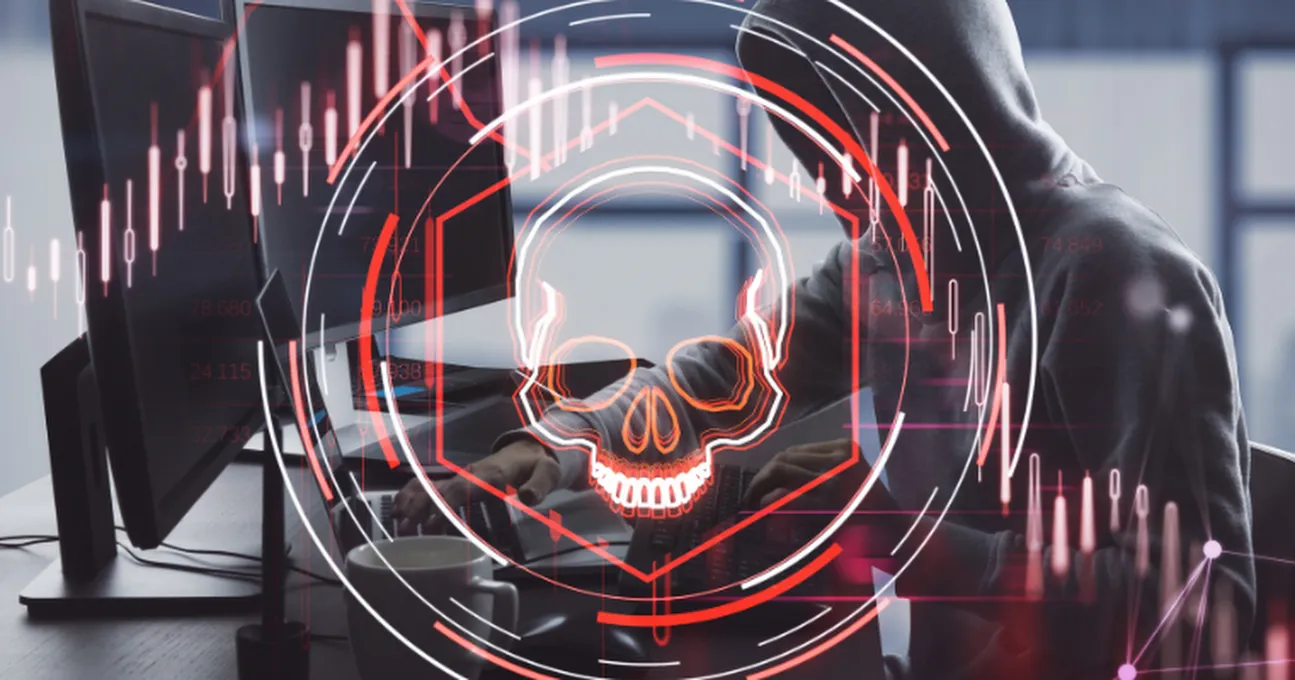
Endpoint Detection and Response (EDR): Endpoint Detection and Response (EDR) solutions are a sophisticated form of cybersecurity technology that focus on monitoring endpoint devices (like computers, tablets, and smartphones) for suspicious activities. Once a threat is detected, EDR tools can respond immediately—either automatically or with human intervention—to contain the threat and mitigate any potential damage.
Security Information and Event Management (SIEM): Security Information and Event Management (SIEM) solutions take a broad approach to security by aggregating and analyzing data from various sources within an organization’s IT infrastructure—such as applications, servers, and network devices. SIEM tools collect security-related events from this wide array of sources to perform real-time analysis, helping to detect abnormal behavior that could indicate a security incident.
Continuously Improve Security Posture

Incident Response Plan: Have a clear, documented incident response plan outlining steps to take during a security breach. Regularly review and update this plan.
Stay Informed about Cyber Threats: Keep up with the latest security news, threats, and defensive techniques. Subscribing to cybersecurity newsletters or following relevant security forums can help.
By diving deeper into these areas and committing to a culture of security within your organization, you can build a more resilient defense against cyber threats.
Cybersecurity is not just the responsibility of the IT department but of every employee. Encouraging a workplace where everyone knows and invests in cyber safety can significantly strengthen your organization’s security.
Emerging Trends in Cybersecurity

With new dangers and new ways to fight them, let’s talk about four big things that make a big difference in how we keep our digital world safe:
Trend #1. Using Artificial Intelligence (AI) for Cyber Safety
AI is a big deal in cybersecurity. It helps by:
Spotting and responding to threats automatically: AI can quickly look through tons of data to find and react to dangers in no time.
Predicting and stopping attacks before they happen: By looking at past attacks and weak spots, AI can guess where the next attack might come from and stop it before it starts.
Good Points: It makes things faster, more efficient, and better at finding threats.
Challenges: There are worries about AI making mistakes, being used for bad things, and needing to keep the data it uses safe.
Trend #2. Keeping the Cloud Safe
As we use the cloud more, we need strong safety measures for data stored and used over the internet. Cloud security includes:
Protecting the cloud setup: Ensuring the platforms and data centers in the cloud are secure.
Encrypting data: Scrambling data so only authorized people can read it, whether it’s stored or being sent.
Controlling access: Managing who can get into cloud resources and what they’re allowed to do.
Good Points: It’s scalable, flexible, and can save money.
Challenges: Both cloud providers and users share responsibility for keeping things safe, and mistakes in setting things up can lead to data leaks.
Trend #3. Security for the Internet of Things (IoT)
The growing number of internet-connected devices brings new safety concerns. These devices are often easy targets for attacks. IoT security tries to:
Protect devices and their connections: Putting in security measures for IoT devices and their networks.
Update devices: Keeping the device software updated to fix security holes.
Keep devices separate: Keep IoT devices on their network so the damage doesn’t spread if they get attacked.
Good Points: It makes things more efficient but needs a strong approach to safety.
Challenges: It’s hard to keep so many different devices safe, especially when they’re not built to be secure.
Trend #4. Blockchain Technology
Blockchain could change cybersecurity by:
Making data more secure: Its system makes it nearly impossible to change data once stored, which helps keep data safe.
Protecting digital identities: It can create secure online IDs that are hard to fake.
Good Points: It could make data safer and more trustworthy.
Challenges: It takes work to scale up, there are concerns about it being used for illegal stuff, and we need rules on how to utilize it properly.
Understanding these trends and their challenges helps us get ready for what’s next in cyber safety. Knowing about and adapting to these changes is critical to keeping our digital lives secure as technology grows.
Trend #5. Enhanced Privacy Regulations and Compliance
As digital technology becomes even more ingrained in our daily lives, governments and organizations worldwide are placing a stronger emphasis on protecting individuals’ privacy. This focus is shaping cybersecurity through:
Stricter Regulations: New laws and regulations are being introduced to ensure companies handle personal data responsibly. For example, the General Data Protection Regulation (GDPR) in Europe and similar laws in other regions enforce strict data collection, processing, and storage rules.
Increased Compliance Requirements: Businesses must now follow detailed guidelines to protect customer information, facing hefty fines if they fail to comply.
Privacy-by-Design: This approach integrates privacy into the development phase of products and services, ensuring they’re secure.
Good Points: These measures aim to give people more control over their personal information, increasing trust in digital services.
Challenges: Adapting to these regulations can be complex and costly for businesses. They must ensure their practices are current with the latest privacy laws, which can vary significantly across different countries and regions.
By focusing on privacy and compliance, the cybersecurity landscape is moving toward a future where user data is more secure and people have greater trust in the technology they use daily. This trend highlights the importance of defending against cyberattacks and ensuring that the digital environment respects and protects individual privacy.
The Future of Cybersecurity: Challenges and Bright Spots

As we move forward, cybersecurity is entering a phase where both the obstacles and possibilities are growing. Technology keeps advancing quickly, and keeping up with new dangers is more important than ever for everyone. Here’s a look at some major challenges and opportunities that will shape the future of cybersecurity:
Challenges
More Complex Cyberattacks: Hackers constantly find new ways to break into systems, using advanced technology to create more complex attacks. This means we have to keep updating and getting smarter with our security.
Bigger Attack Surface: With more people using the cloud, IoT, and other connected tech, there are more chances for hackers to find a way in. Protecting all these different parts will be tough.
Not Enough Skilled People: There’s a big need for trained cybersecurity experts, but not enough people to fill those roles. Finding and keeping skilled workers is a big challenge.
Changing Rules: As tech evolves and threats change, laws and regulations must keep up to protect data and privacy.
Opportunities
Tech Solutions: The same tech that brings challenges also offers solutions. AI and machine learning can help us spot threats faster, predict where attacks might come from, and strengthen our defenses.
Global Teamwork: As cybersecurity becomes a bigger topic, there’s more teamwork across countries and between companies and governments. This helps make better, stronger security solutions.
Teaching Users: Teaching people about cyber threats and how to avoid them is key. More focus on education can help everyone be safer online.
Looking ahead, there’s a lot of work to do but also a lot of hope. By staying innovative, working together, and focusing on tech and teaching, we can make the digital world safer for everyone. We all have to work on cybersecurity together, and by joining forces, we can create a secure digital future.
Cybersecurity Consulting Services and Firms

Cybersecurity consulting firms are here to help with that; where online dangers keep changing, protecting your company’s information and systems is super important, acting as your guide to build a strong defense against cybercriminals.
How do Cybersecurity Consultants help?
Make a custom security plan: These experts sit down with you, figure out your specific situation, and make a plan that tackles your unique security challenges.
Check for risks: They use their know-how to spot possible security risks in your systems, apps, and data.
Plan for emergencies: Together, you’ll devise a detailed action plan for what to do if a cyberattack happens, aiming to keep damage and downtime low.
Teach your team: They offer training to your employees, teaching them how to spot and avoid cyber threats, making them an essential part of your defense.
Why Choose Trust Consulting Services?
In the US, there are many top cybersecurity consulting firms, each with its specialties. It’s critical to find one that matches what your company needs and can afford.
Trust Consulting Services stands out because we:
Offer plans just for you: We make strategies that are all about solving your particular security issues.
Do deep-dive risk checks: Our team thoroughly checks to find and fix weak spots.
Help you get ready for attacks: We help you set up a solid plan for how to deal with cyberattacks, keeping your business running smoothly.
Train your people: We have training programs that are both fun and informative, giving your employees the tools they need to help keep things safe.
By working with Trust Consulting Services, you get a team of passionate and certified pros dedicated to protecting your digital stuff. We give you the know-how, tools, and advice you need for strong security against cyber dangers.
Don’t wait until trouble hits. Get in touch with Trust Consulting Services now to start making your digital world safer.
Final Thoughts
To wrap it up, cybersecurity consulting solutions are super important today. They give you expert advice and custom plans to keep your organization’s information and systems safe from online criminals. It’s really important to protect your online stuff to make sure your business keeps running well.
Every organization, no matter its size, should make cybersecurity a top priority. Getting help from experts is a wise decision to build strong protections and get ready for any online threats. Teaching your staff and having a good plan for when things go wrong is also critical to reducing risks.
Trust Consulting Services is here to help you with all of this. We offer services like checking for risks and planning for emergencies. Our team is committed to helping your business be safe and strong online.
Working with a reliable cybersecurity consulting firm like Trust Consulting Services means you’re taking serious steps to protect your organization. You’re making sure it can face online dangers without losing a beat. Let’s work together to keep your business safe and successful in the digital world.
get the best consultation
Please complete the form below so we can direct your inquiry to the right expert.
Latest News
Is Allegiant Stadium Ready for Taylor Swift’s Super Bowl Appearance?
News Is Allegiant Stadium ready...
Read MoreElevating Workforce Training: Four Essential Tips for Success
News Elevating Workforce Training: Four...
Read MoreDemystifying Government Contracts: Exploring Acquisition Challenges
News Demystifying Government Contracts: Exploring...
Read More
